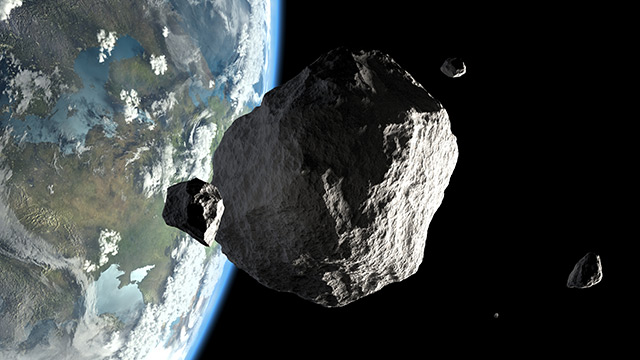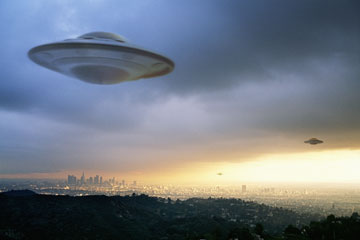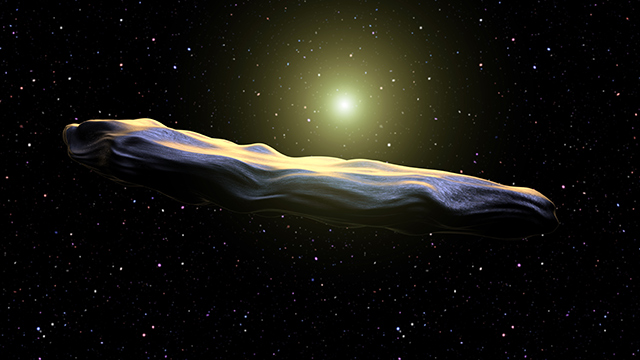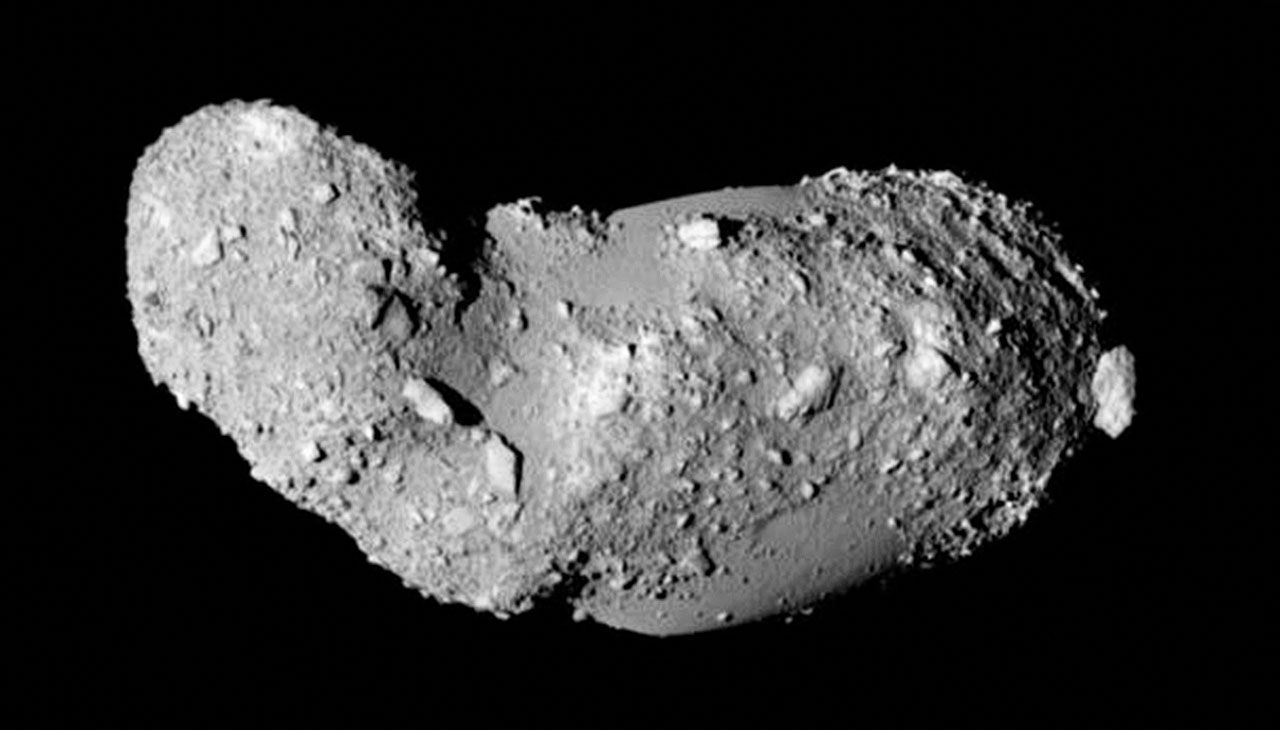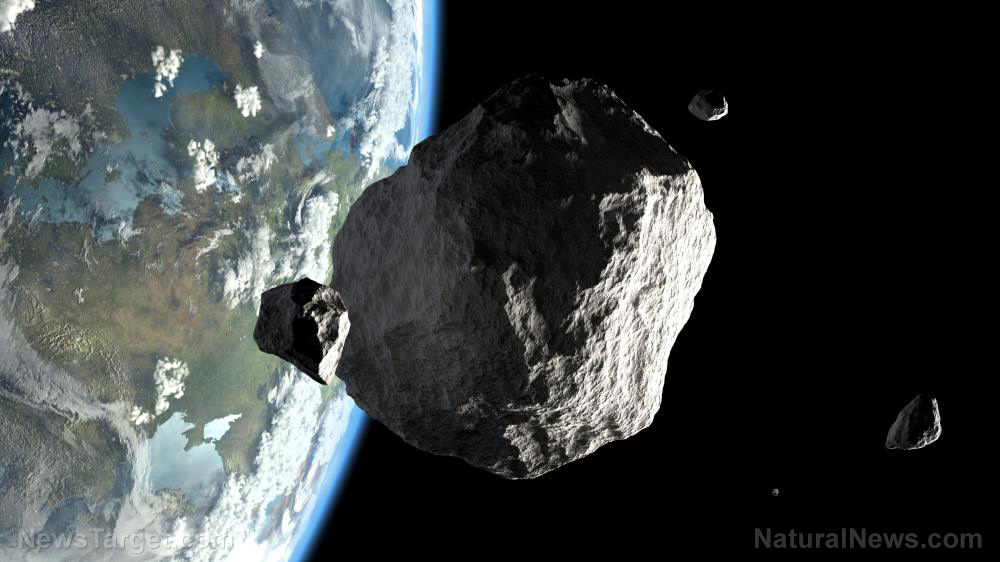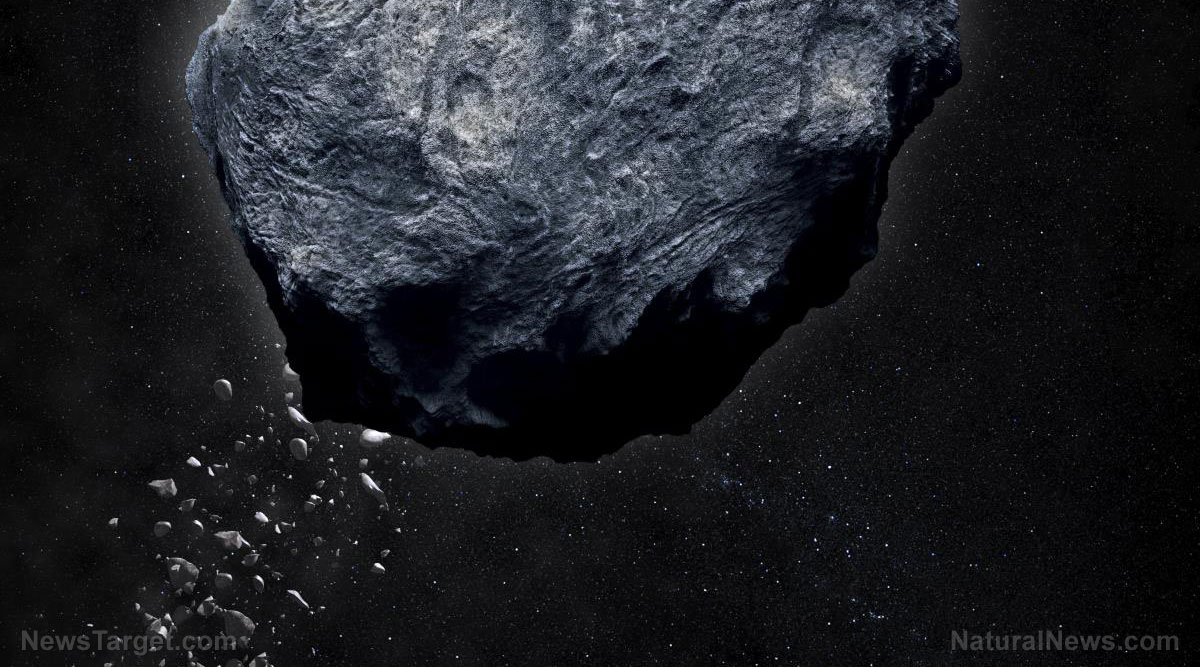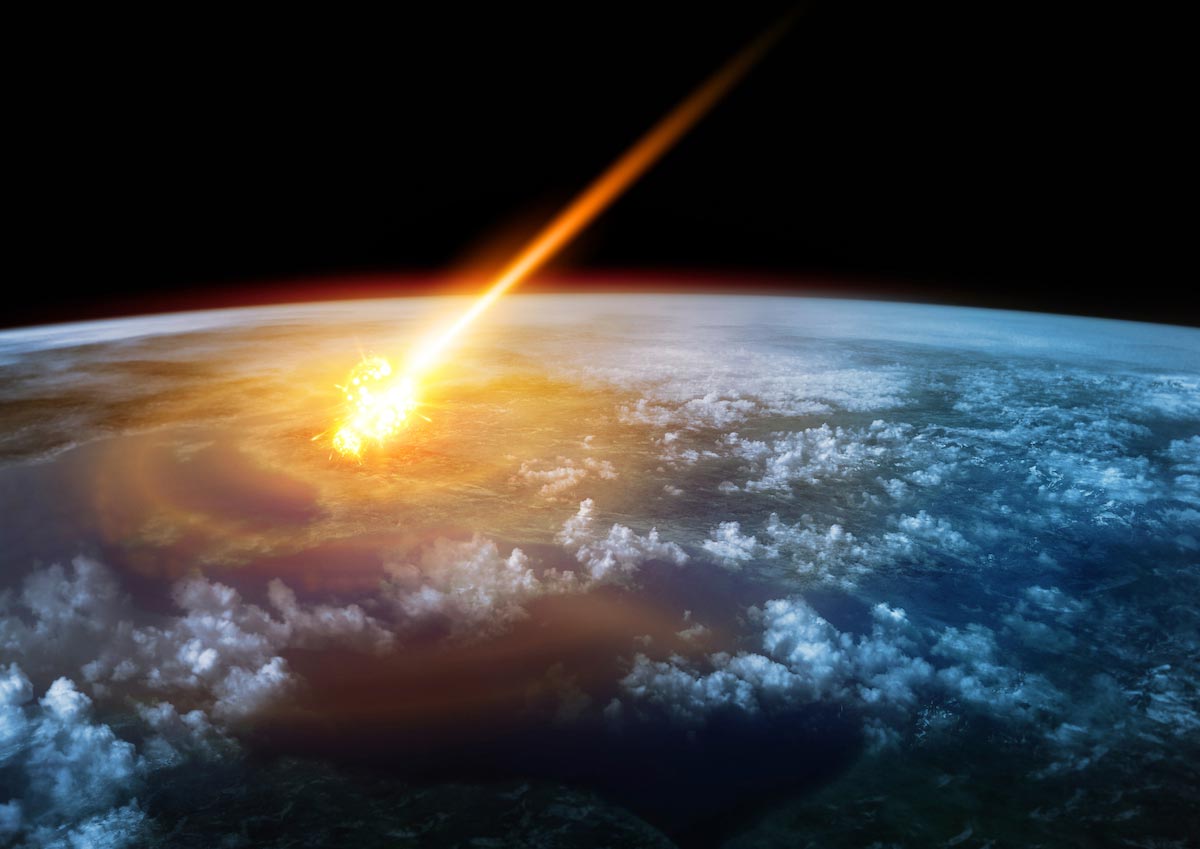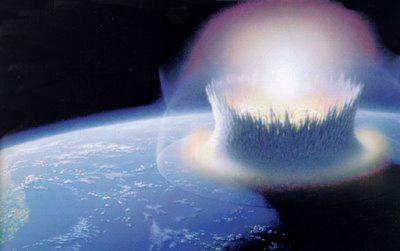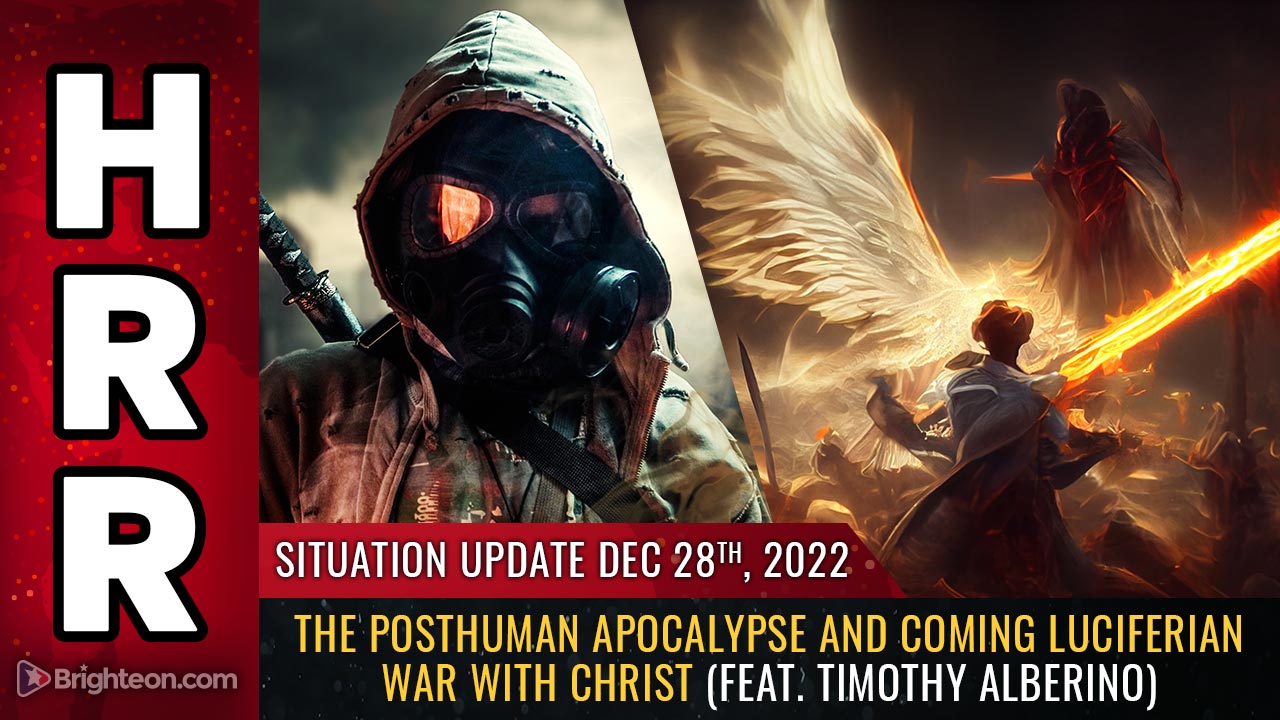NASA asteroid deflection test accidentally creates a BOULDER SWARM that could impact the Earth with as much energy as the Hiroshima detonation
08/11/2023 / By Kevin Hughes

Scientists have discovered that the National Aeronautics and Space Administration (NASA) accidentally released a storm of boulders “as deadly as Hiroshima” during an experiment testing whether the trajectory of an asteroid can be changed.
In September 2022, NASA conducted its first “planetary defense” experiment known as the Double Asteroid Redirection Test (DART), with the goal of intentionally crashing a spacecraft into the asteroid known as Dimorphos in an attempt to change its trajectory.
NASA astronomers at the time concluded that the project was an amazing success, and Dimorphos’ trajectory was changed slightly. The success of DART proved to scientists that there could be a way to save the Earth from a potential extinction-level asteroid impact. (Related: “Invisible” asteroids could hit Earth at any time, researchers warn.)
But astronomers have now discovered that even though the impact succeeded, it also removed 37 boulders from Dimorphos, which are now zooming through space at a speed of around 13,000 miles per hour.
The boulders were identified by the Hubble Space Telescope and range in size from three to 22 feet across. These space rocks are drifting away from Dimorphos at a speed of a little more than a half-mile per hour.
A 15-foot chunk of Dimorphos striking the Earth could be equivalent to another Hiroshima bomb
Astronomers noted that while deflection strategies like DART can work, they could have unintended consequences that leave smaller asteroids on a collision course with the Earth. Even a 15-foot asteroid striking the Earth would produce as much energy comparable to the nuclear bomb that detonated in the city of Hiroshima during World War II, they warned.
“The boulder swarm is like a cloud of shrapnel expanding from a hand grenade,” said David Jewitt, a professor of Earth and planetary sciences at the University of California, Los Angeles. “Because those big boulders basically share the speed of the targeted asteroid, they’re capable of doing their own damage.”
Jewitt and his team of astronomers now believe that the DART program did not shatter any rocks on the surface of Dimorphos. Rather, the boulders were likely already on the surface of the asteroid and were knocked off by a seismic wave caused by the impact of the DART spacecraft that rattled through the object. He likened it to an old bell getting hit with a hammer and shaking pieces off the surface.
Close-up photographs taken by DART just seconds before the collision show a similar number of large boulders sitting on the asteroid’s surface. These boulders were of the exact same size and shape as those detected in the swarm by the telescope.
Current estimates suggest that the boulder swarm is not alone and that about 1,000 tons of debris was blasted away from Dimorphos by the impact – enough rock to fill 60 train carriages.
Jewitt and other astronomers are now concerned that a boulder from a future asteroid deflection could reach the planet at the same speed the Dimorphos boulder swarm is hurtling and cause “tremendous damage.” He now wants Hubble to continue observing the asteroid swarm to help pin down their precise trajectories to see if any of them end up becoming a threat to the Earth.
“If we follow the boulders in future Hubble observations, we may have enough data to pin down the boulders’ precise trajectories,” said Jewitt. “And then we’ll see in which directions they were launched from the surface and figure out exactly how they were ejected.”
Follow Space.news for more news about asteroids and other space objects.
Watch the video below to see the moment NASA’s DART probe successfully impacted onto the surface of Dimorphos.
This video is from the GalacticStorm channel on Brighteon.com.
More related stories:
NASA warns: Earth at GREATER RISK of being destroyed by asteroid than earlier thought.
Ryugu asteroid holds building blocks of life older than the solar system.
Sources include:
Submit a correction >>
Tagged Under:
Asteroid Deflection, asteroids, astronomy, big government, cosmic, dangerous, DART, Dimorphos, discoveries, Double Asteroid Redirection Test, Hiroshima, NASA, national security, research, space, space exploration, Space Objects, space rocks
This article may contain statements that reflect the opinion of the author
RECENT NEWS & ARTICLES
COPYRIGHT © 2023 Comets.news
All content posted on this site is protected under Free Speech. Comets.news is not responsible for content written by contributing authors. The information on this site is provided for educational and entertainment purposes only. It is not intended as a substitute for professional advice of any kind. Comets.news assumes no responsibility for the use or misuse of this material. All trademarks, registered trademarks and service marks mentioned on this site are the property of their respective owners.

